How To: Grind & Stuff Sausages
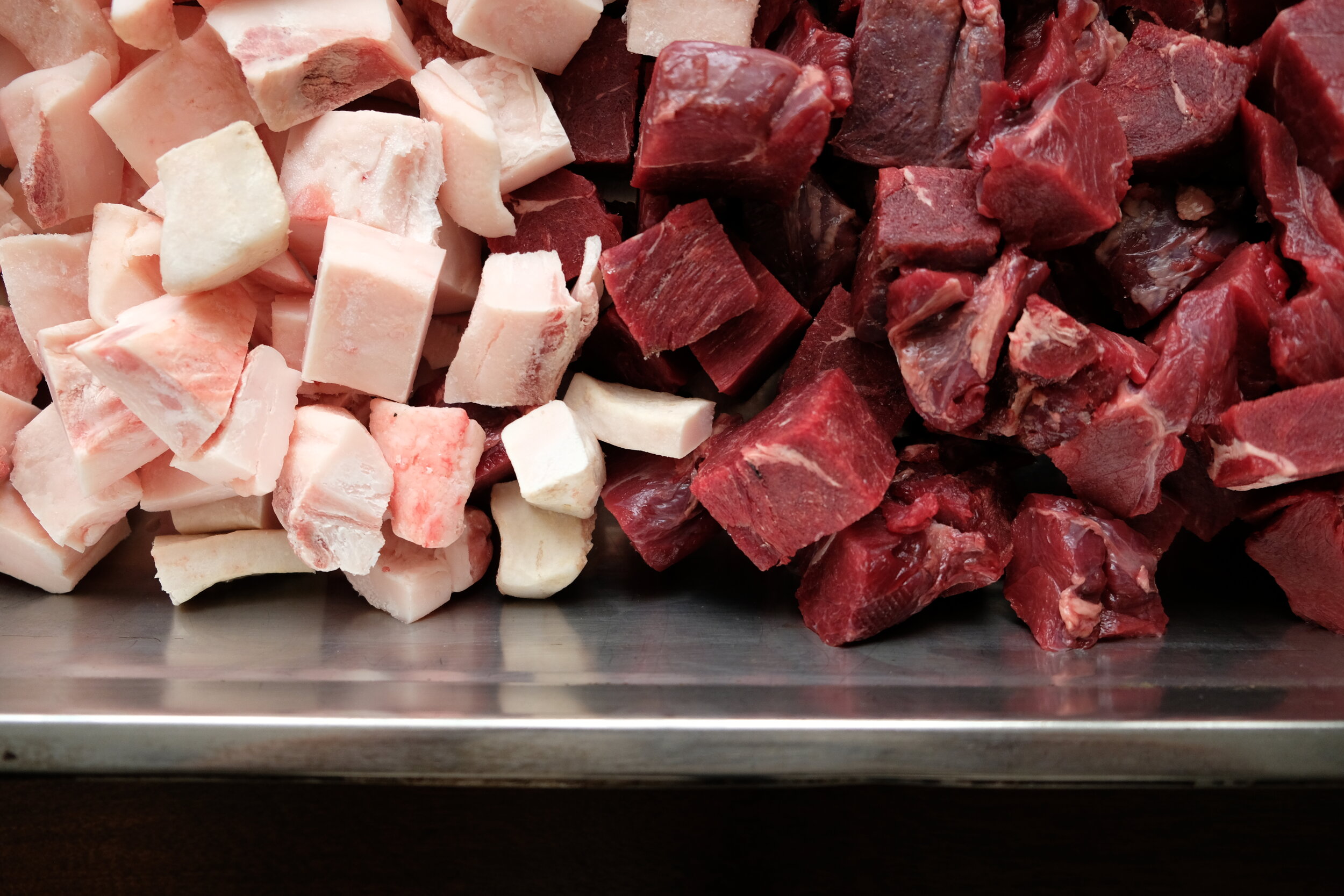
For those of you who have never ground meat or stuffed a cased sausage, this guide gives you a brief overview of the process. These two steps are typically pretty consistent from recipe to recipe- the only real variations you’re likely to see are whether you grind the fat and meat together or separately, and whether additional liquids or seasoning are added with the grind or afterward.
Our recipes assume a baseline knowledge of the steps below.
TO GRIND:
Start with clean equipment- Wash your hands, cutting boards, knives and bowl. All components of the grinder should have been disassembled and cleaned. It is best that they are completely dry as well, because we recommend placing the grinder head in the freezer before you begin. You can also place your bowl and any utensils in the freezer to chill.
Start with partially frozen meat and fat. Cut meat into grindable size. This size will depend on the size of your grinder. Cut fat small enough that you don’t have to shove it down into the grinder- this helps prevent smearing. Remove sinew, glands, and most of the silver skin from the meat.
Weigh the trimmed meat. You will use the weight of the meat to scale out the other ingredients. Put the meat and fat back in the freezer while you are scaling out the recipe and measuring ingredients. To scale out the ingredients, first note the weight of the meat you are about to grind. For example, you might have 1000 g of venison. You need to add 30% pork fat. So, multiply 1000 x 0.30= 300 g of pork fat. Say you need 1.3% garlic. 1000 x 0.013= 13 g garlic. And so on. This method allows you to pull a whole piece of meat from your freezer, weigh it, and measure spices and salt exactly to the correct proportion. Other people’s recipes will call for volumetric measurements (ex: tablespoons, teaspoons) and that’s fine for some people. But if you have a venison shoulder that weighs 2.7 lbs, and your recipe calls for 2.5 lbs of meat and 3 tsp salt, how do you correctly and safely scale up the amount of salt? It’s a real pain, and why we write our recipes in percentages of metric weight.
Some recipes will call for grinding the fat and meat separately; others will call for you to grind them together. At this point, the recipe may call for you to mix in seasonings as well. Combine whatever ingredients will go through the grinder together in a large chilled bowl.
Grind through selected die indicated in the recipe. Use a chilled container to collect the grind, or better yet, keep the bowl on ice. (We use a hotel pan set inside another hotel pan with ice when making big batches. We’ll use the stand mixer bowl with smaller batches)
When you’re done grinding, use the paddle attachment on the stand mixer or a wooden spoon to mix the sausage for a minute or two, this helps bind the proteins and distribute the seasoning more evenly.
Taste test your sausage. Cook a small portion of the loose sausage in a pan and adjust seasoning if needed.
TO CASE:
If casing the sausage, flush the casings with water and then allow to drain. Fill up stuffer with sausage grind and load casing all the way onto the stuffer tube. Tip: use a light coat of cooking oil spray on the stuffer tube, this makes getting the casing on the tube easy and seems to prevent binding and tearing.
Pull a few inches of casing from the stuffer tube and lightly pinch the end before you start cranking the sausage stuffer. Work slowly and consistently, allowing the casing to feed naturally off the stuffer tube. When you’re close to the end of the casing, ease up and make sure to leave a few inches of casing unstuffed so you can tie off the ends.
When you’ve cased all the sausage, you’ll want to twist every other link into the desired length. Use a sterilized needle or sausage pricker to poke holes wherever you see air pockets. You can use a knife or pair of scissors to cut the links apart, or leave them together. Refrigerate or freeze to store.
And if you haven’t read them yet, check out our sausage making basics below:
I’ve been tinkering with the recipe for a few seasons now: a classic maple breakfast sausage.
This venison prosciutto is a reminder of a season long past, and how our perspectives and expectations can change. It’s texturally perfect, slicing as nicely as any Italian or Spanish ham I have ever put a knife to.
Treating poultry sausages as a separate category, and brining the meat before grinding it, is the key to a juicy, flavorful turkey sausage.
There is nothing like the tang and texture of real summer sausage.
Make a bunch of these- they might be the best protein packed, hiking, hunting, splitting firewood, high output on a cold day, snack ever.
Cutting into this coppa exposed a thing of beauty. It is honestly one of the coolest things I've ever made.
This sausage was inspired by jagerwurst, a German sausage that translates to “hunter’s sausage”, and an old timey beaver lure recipe that we made this season.
Beaver prosciutto is rich and a little woodsy, almost nutty, with a fine grain and excellent texture.
This salami is garlicky and spicy, yet doesn't mask the subtle qualities of the beaver meat.
A good way to make use of your venison liver- incorporate it into a spicy, smoky sausage.
Quick and easy, this versatile venison sausage is a staple in our kitchen.
Pancetta is similar to bacon, but it’s not smoked and has a heavier focus on aromatics. It would be easier to just buy some humanely raised artisan pancetta, but we have venison and pork fat, and it's fun to attempt something that blurs the lines and challenges the senses.
Juicy and flavorful, and just as good piled on a bun with some mustard as they are on a plate heaped with spaetzle and sauerkraut.
A little bit of smoke & a little bit of chemistry makes our venison bacon as close to the real thing as you can get
This recipe is an attempt to get that salty, smoky, crispy eating experience out of a protein that is almost the opposite of pork.
Kamaboko- you might not have heard of it, but I guarantee you’ve tried it. These are as good, if not better, than the kamaboko you can buy in asian grocery stores.
The fine texture, color and richness of snakehead roe is exceptional. Flavor-wise, it is mildly briny and not fishy at all, with an eggy richness that you only find in good fish roe.
This salami is distinctly ours- goose meat, fennel, & garlic from the farm & sugary persimmons we gathered along the field edge
Bottarga, essentially, is a salt cured roe sac. The result is something similar to parmesan cheese, but with an eggy-briny flavor.
Meat, salt, and some spices. This dry cured charcuterie is just about as simple as it gets and really amplifies the flavor of the venison
Slice it thin and serve over crusty bread, or add to any dish that needs a pop of fattiness.





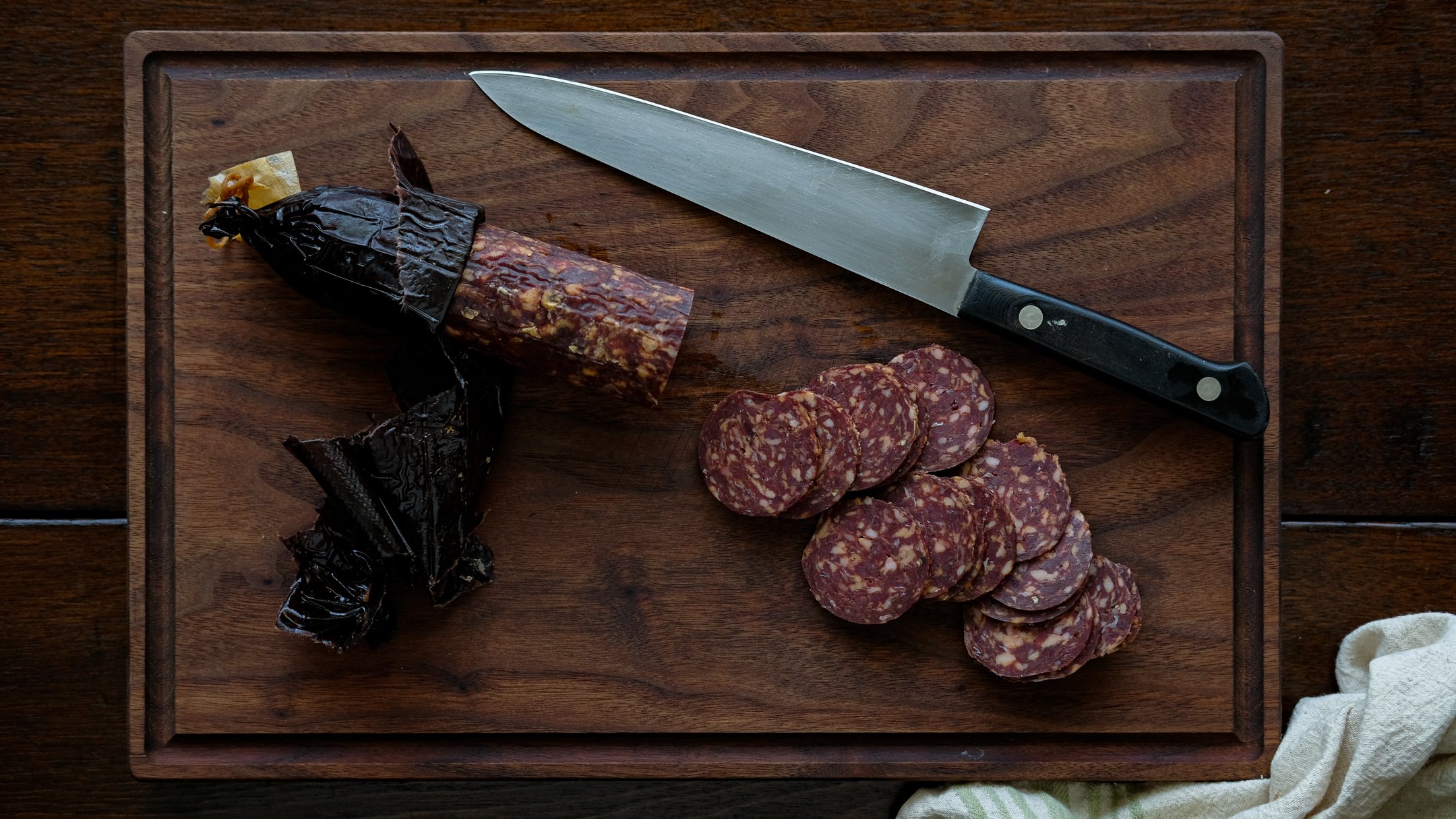
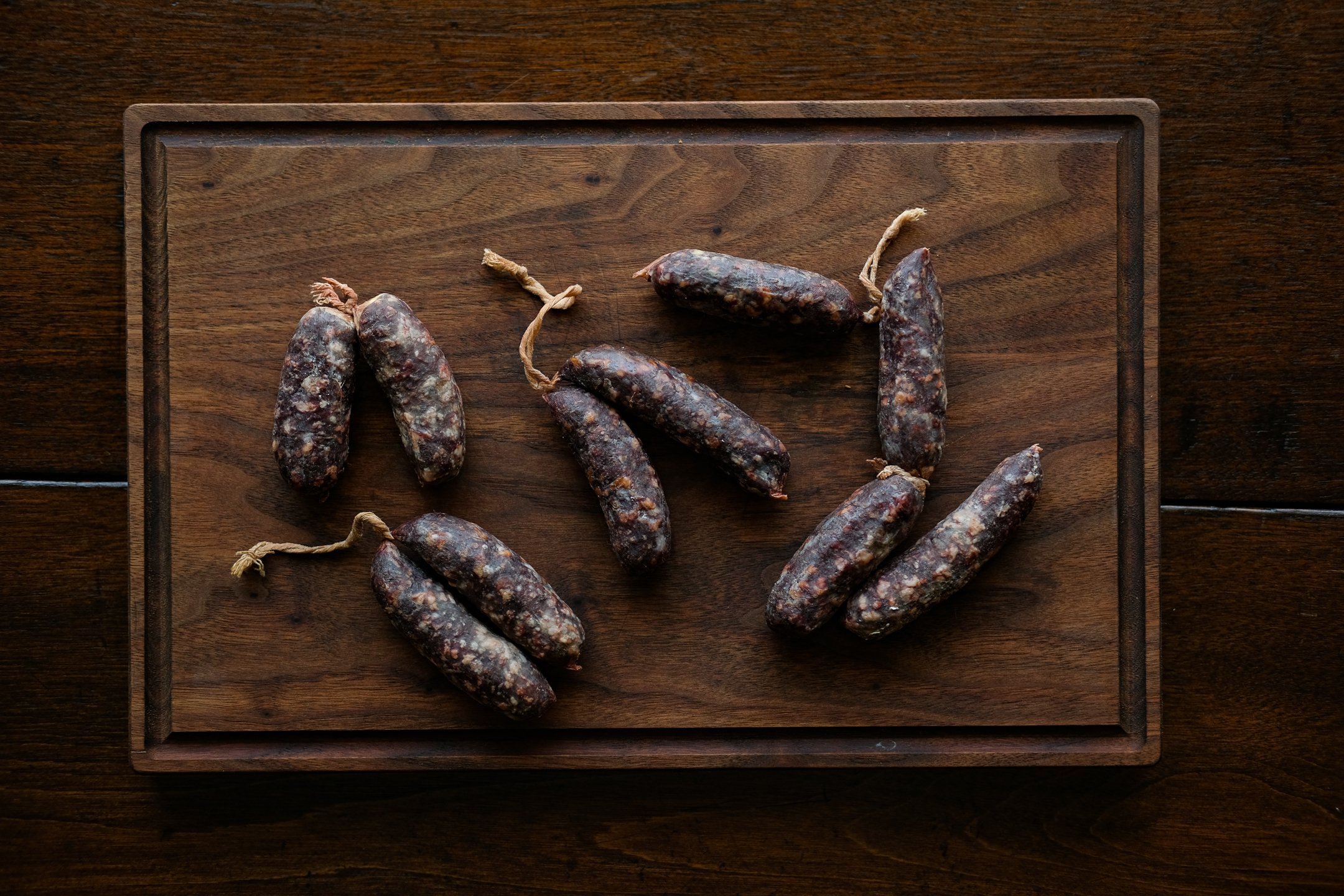


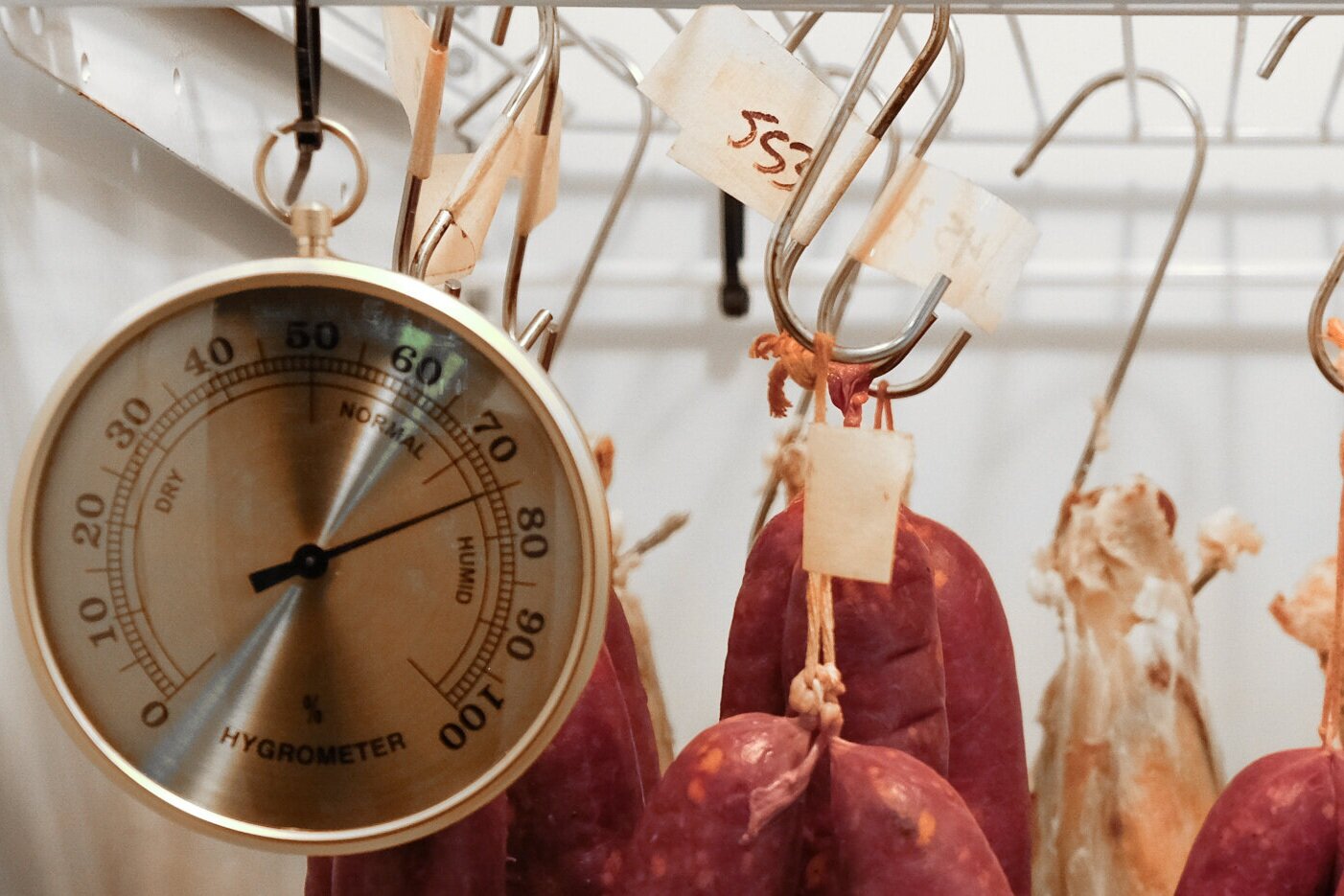





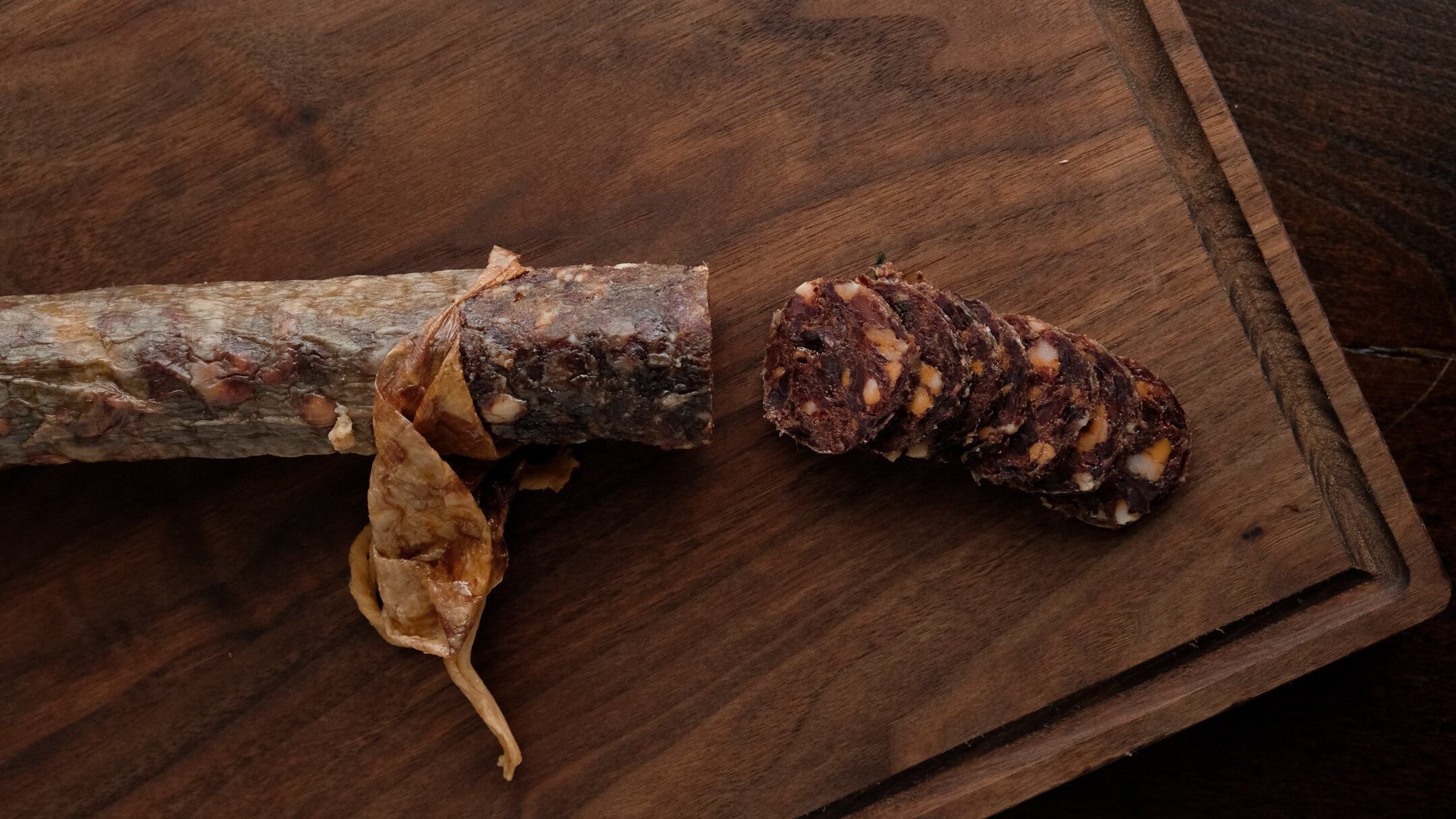

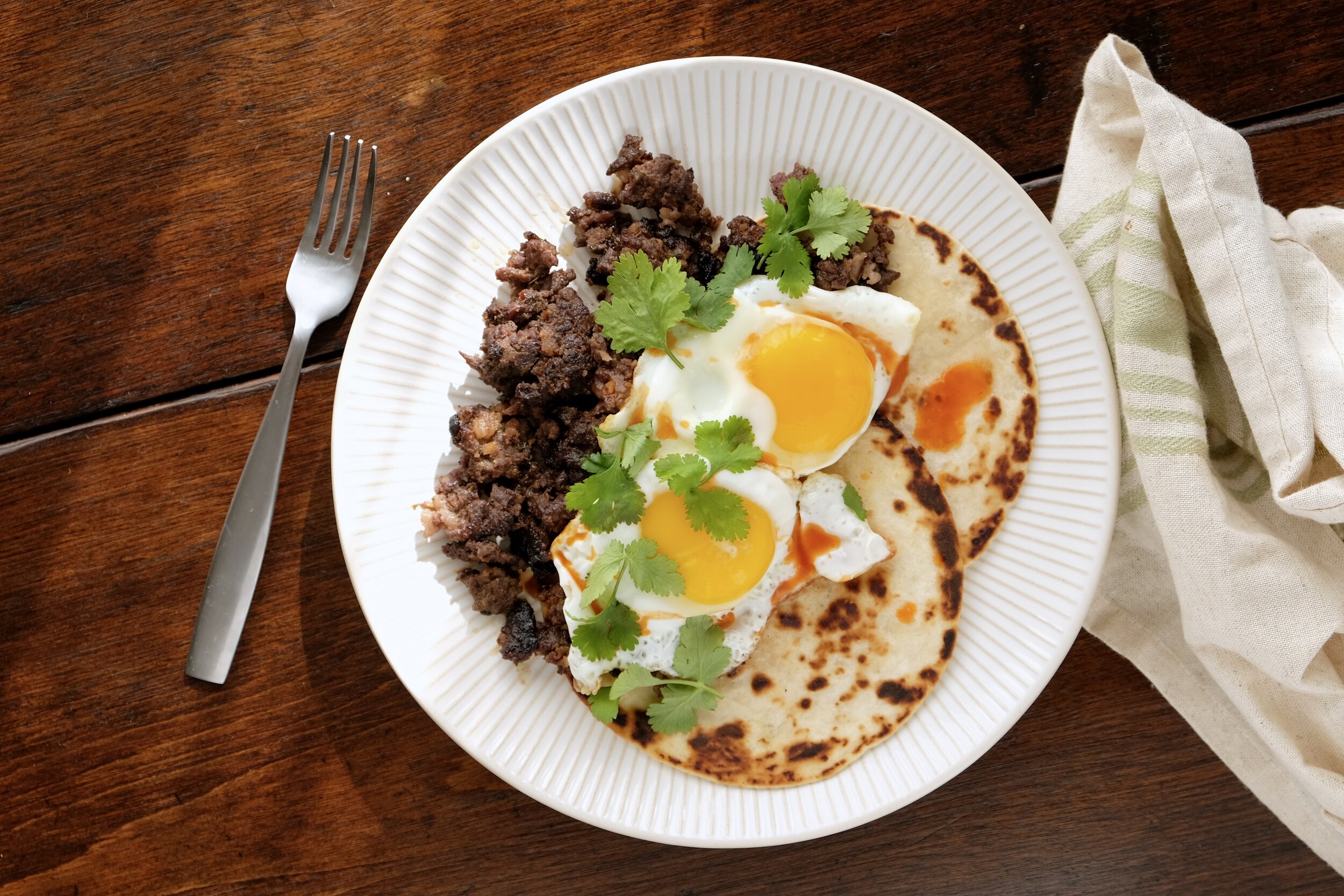
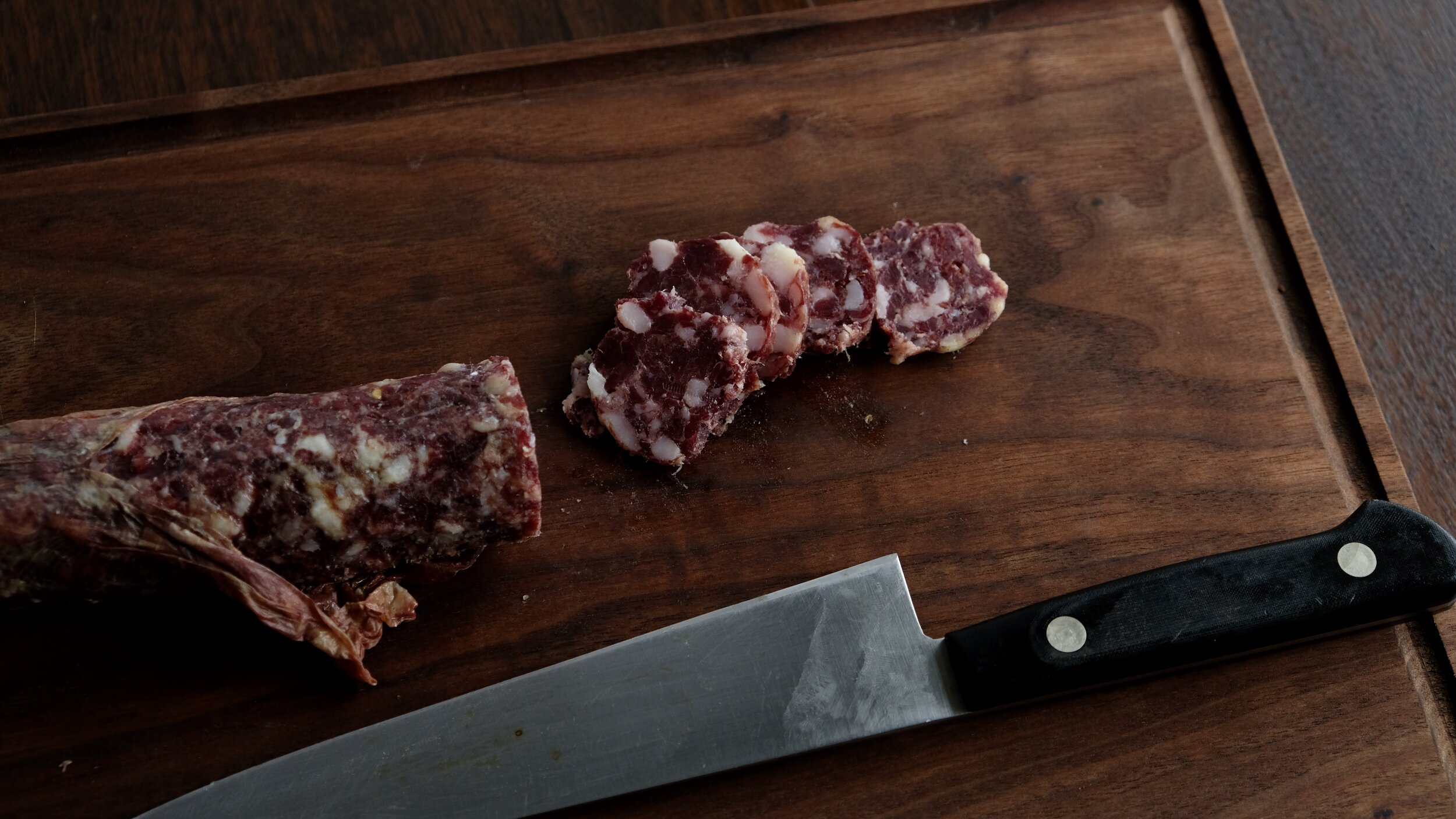

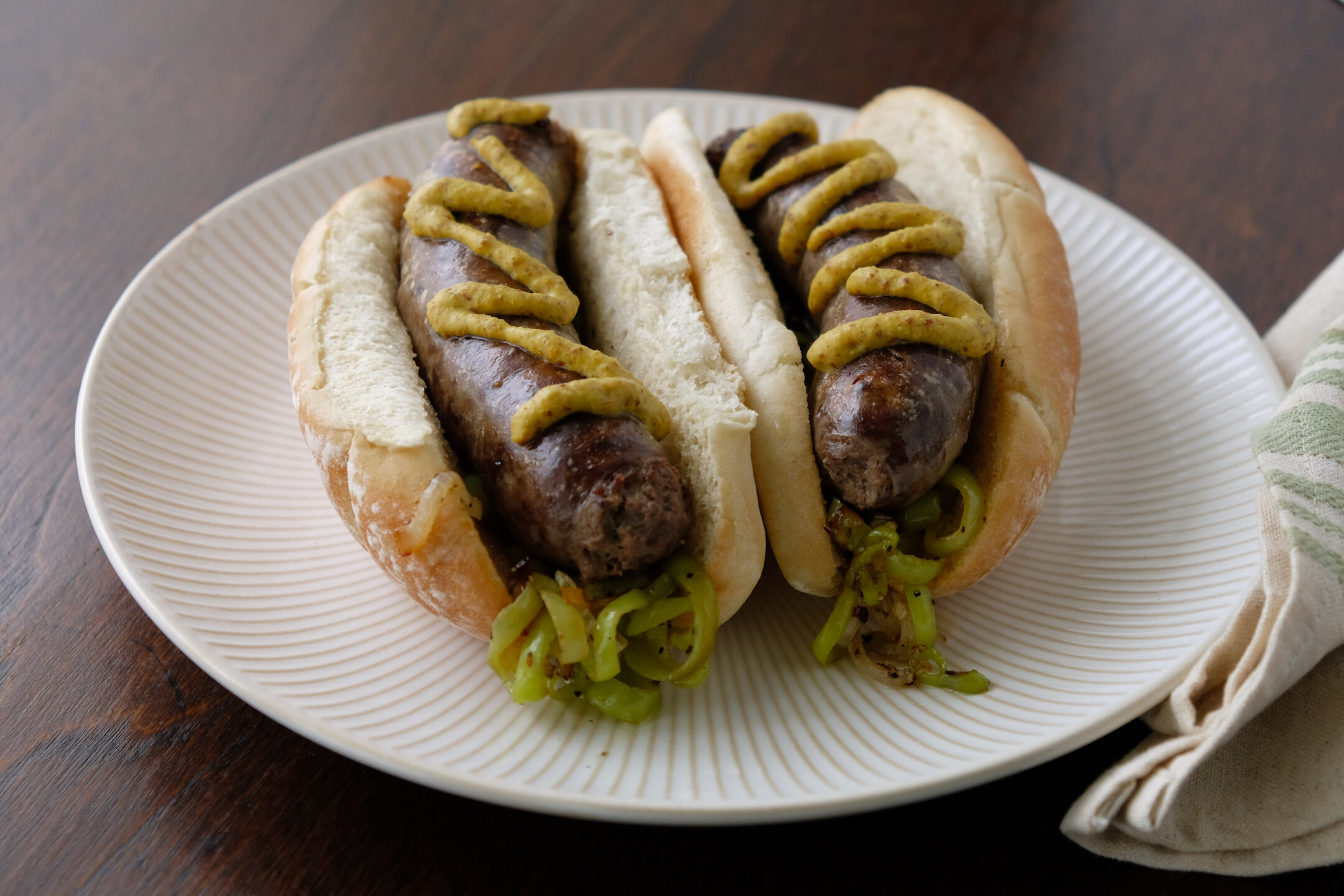
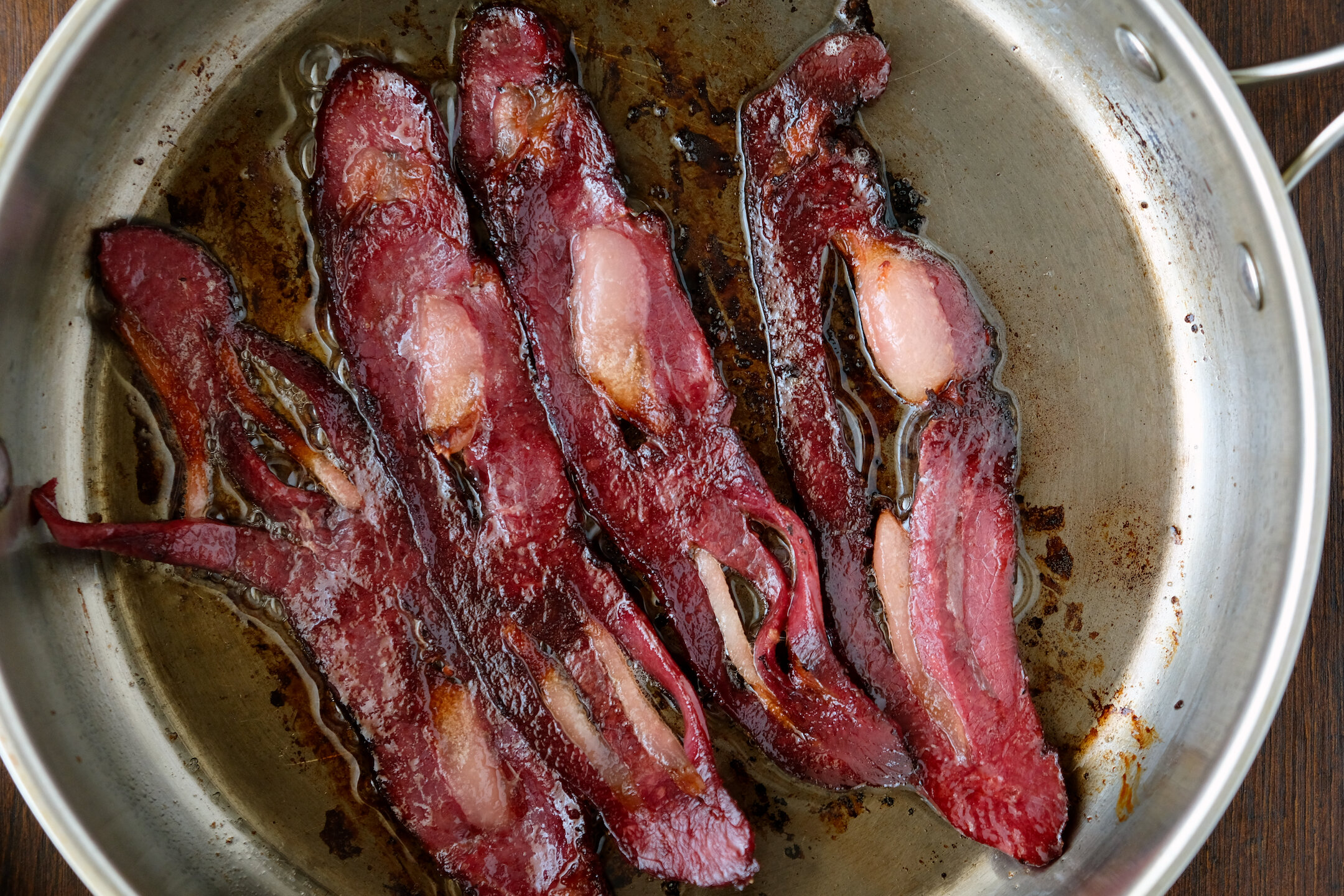
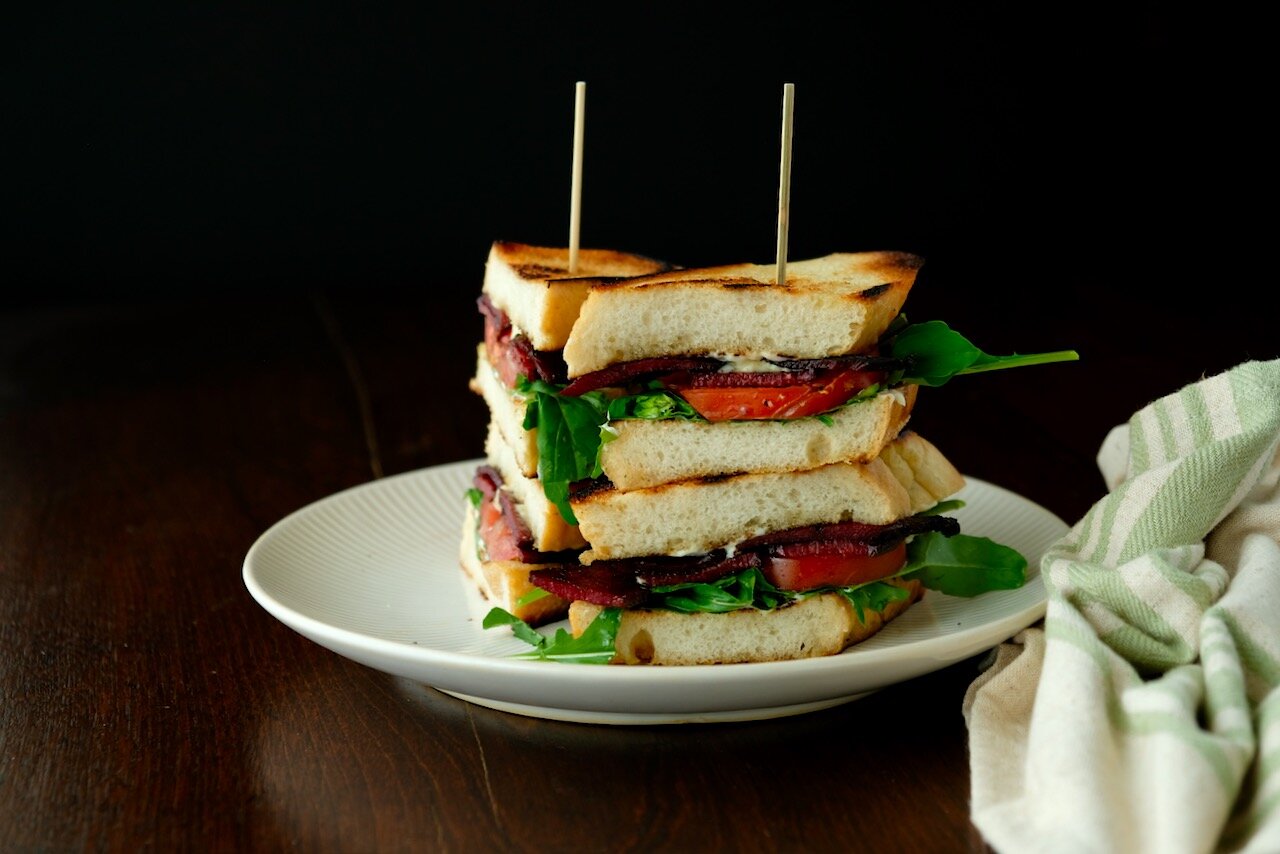

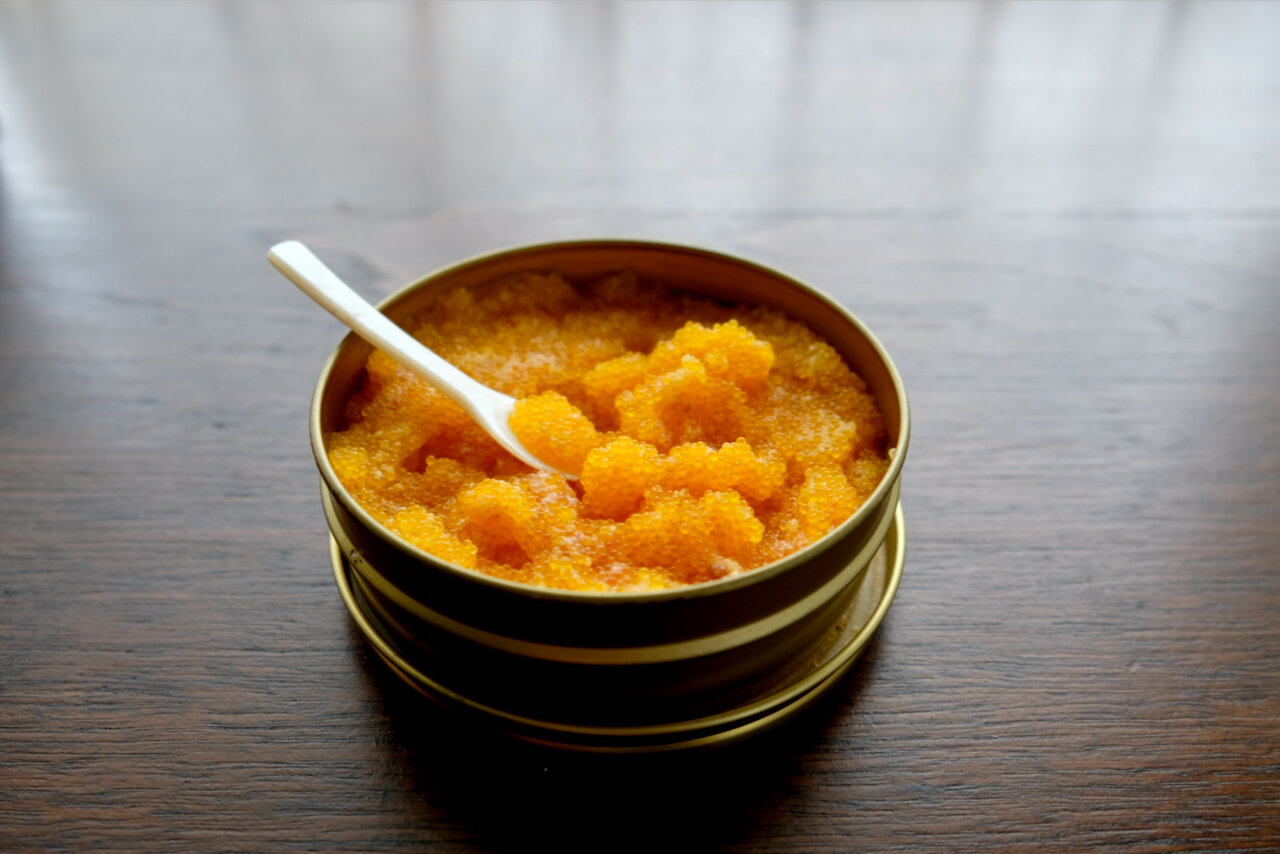

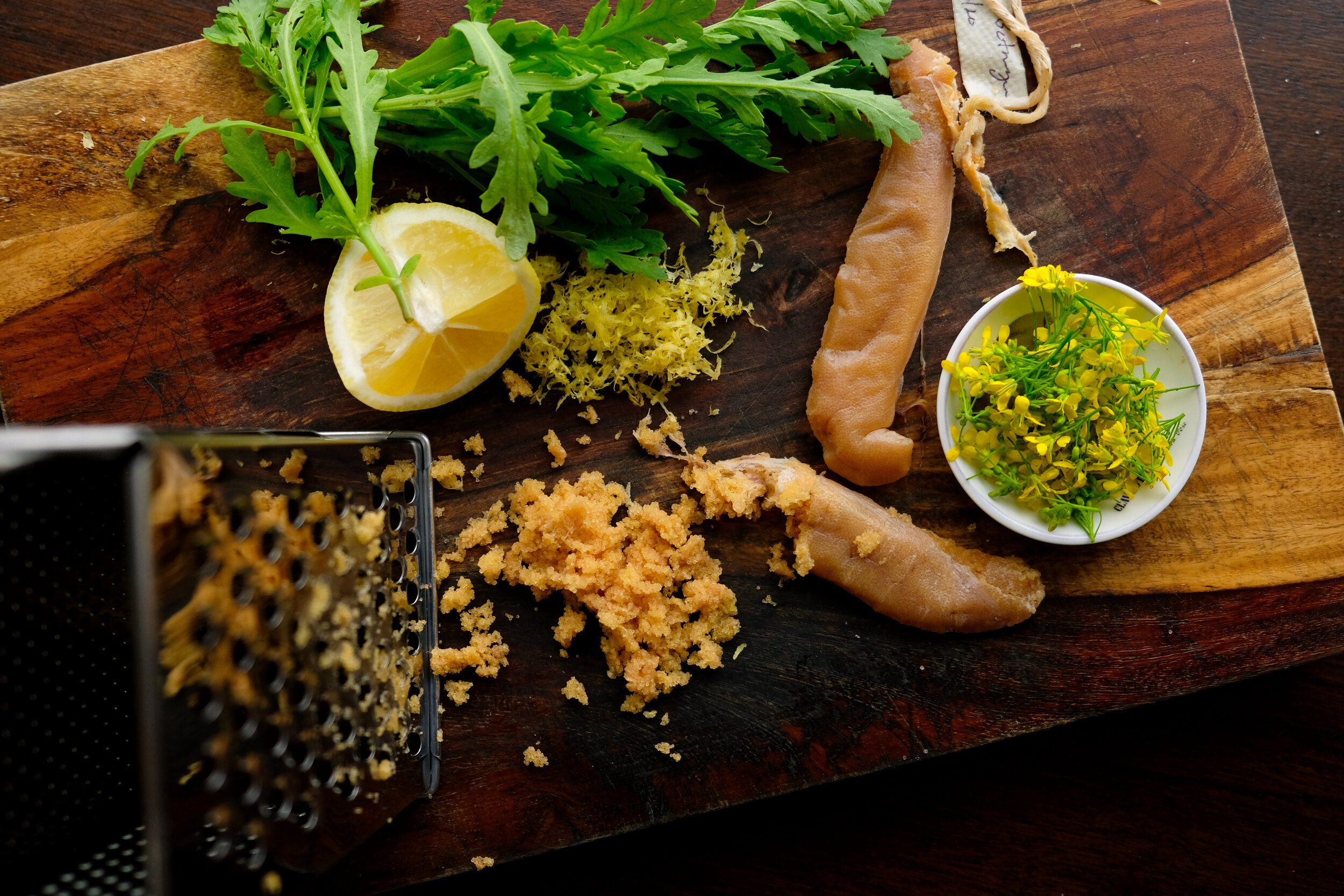



“Best sausage I’ve ever had”